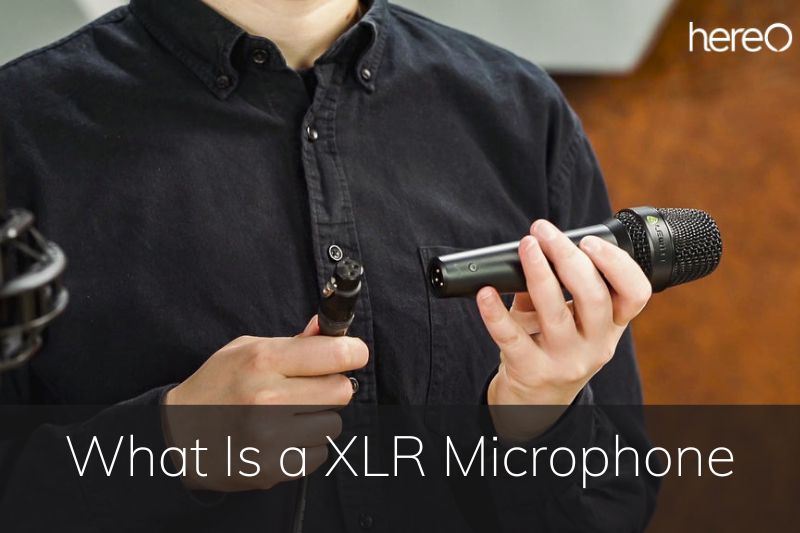You’re definitely familiar with the XLR microphone if you’re a musician looking to record your music or a YouTube content maker. So, what is a XLR microphone and are they any good compared to other types of microphone?
Contents
What is XLR?
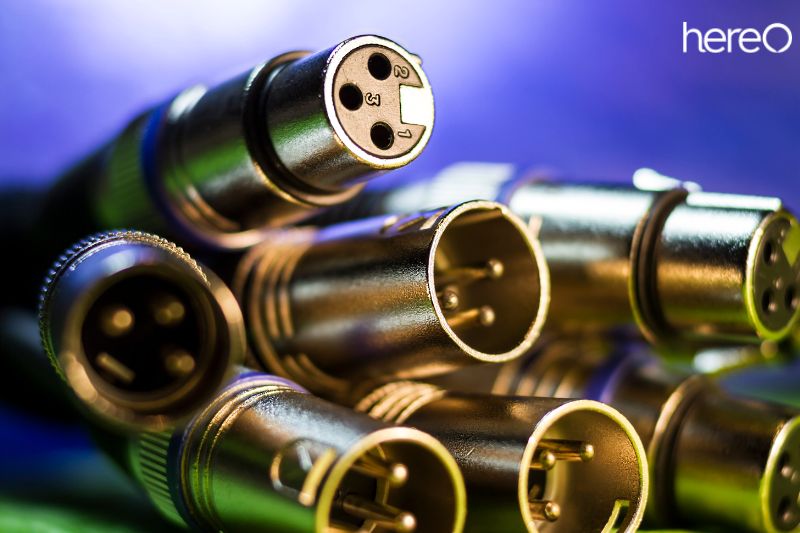
It’s an abbreviation for X Connector, Locking Connector, and Rubber Boot. However, the “rubber boot” element of the connector is no longer always included in the equation because it is no longer required. Despite the little design modification, the name has not changed.
There are currently other variants of XLR cables available with various additional connectors, but what we’re discussing here is the XLR3 or three-pin style of cable. This is by far the most popular cable type.
In a sense, XLR is the industry standard for high-quality audio inputs such as microphones. This is due to the fact that they send a balanced signal that isolates noise.
It’s simply a better form of connector for that type of application, but it’s also so sturdy that the average consumer shouldn’t think about utilizing it unless they’re doing high-quality audio recording or streaming.
What Is A XLR Microphone?
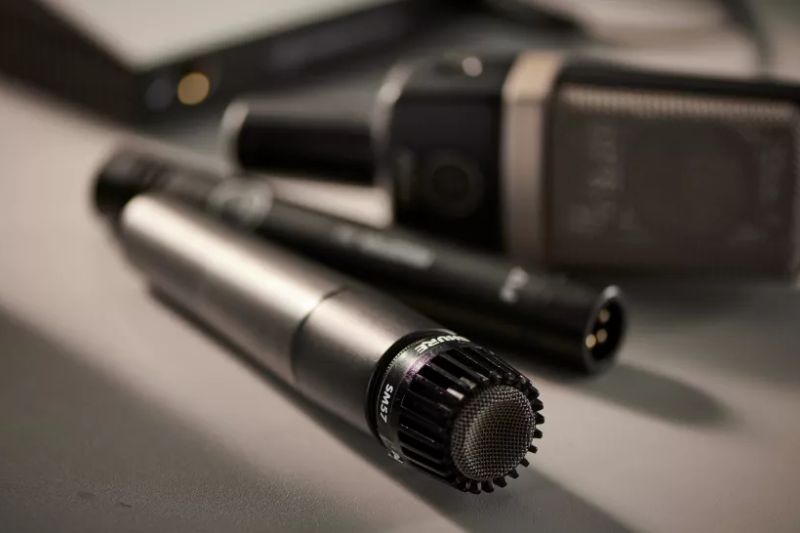
Rock bands, radio stations, and podcasters all across the world use XLR microphones, which are the audio industry standard.
They capture an analog signal using three-pronged male and female connectors, and most professional audio recording equipment is built to accommodate XLR microphones. In fact, the majority of microphones on the market are XLR.
XLR Microphone Connection
XLR microphones all use the same connection type and use XLR cables to connect to other pieces of equipment. On the male end of the cable, the XLR connection is spherical and has three pins. The female connector is circular as well, with three equivalent holes.
XLR is supported by the vast majority of professional-grade audio equipment on the market. Audio mixers, audio interfaces, external effects units, and compressors are all examples of this.
Because of this, an XLR microphone is significantly more versatile. Connect it to a mixer for a live sound event and then plug it into an audio interface to use with your computer.
XLR Balancing

Background Noises
If you’ve ever changed the batteries in your flashlight, you’ve probably noticed that each battery has a positive (+) and a minus (-) side. Nothing happens if you merely connect one side of the battery to the bulb of your flashlight.
To light the bulb, both the positive and negative wires must be connected. This is a circuit of electricity. The electrons must complete a complete circuit from the negative pole of the battery, via the wire, through the light, and back to the battery.
Audio is no exception: for anything to happen, both the positive and negative sides of an audio signal must be present. Electrons are pushed onto one side of the cable by a microphone, then transmitted to an amplifier and then returned to the microphone.
The issue is that most audio systems treat the circuit as though it only has one wire, usually the center conductor of a coaxial cable, and simply combine the other wire with all of the other electronics in the system.
This opens the door for numerous types of noise to infiltrate an audio signal chain:
- Ground loop noise: This is the most prevalent and vexing problem, particularly when computers are involved. This is usually heard as a low hum, but it can also be heard as static or erratic buzzing sounds. Ground loops occur when audio travels to the amplifier via two different paths: one via your audio connection and the other via your building’s wiring.
- EMI and RFI: Magnetic fields generated by transformers, motors, and high-frequency electronics can induce current in your audio lines. This generates buzz, hum, and can even convey audible radio signals if you are too close to an AM transmitter.
- Crosstalk: When one signal on the same system crosses over to another, this occurs.
Solution
You isolate both wires in the signal chain so that the signal’s positive and negative portions are carried separately from everything else.
The fundamental advantage of a balanced audio signal is that it never contacts the ground plane of the amplifiers or other instruments in the system. As a result, there is no chance of crosstalk or ground loops.
Advantages and Disadvantages of XLR Microphones
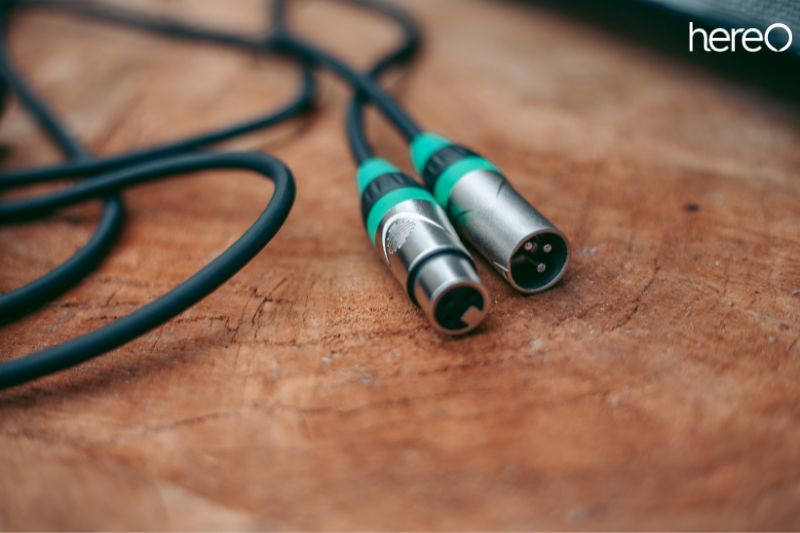
Advantages of XLR Mics
Ability to send phantom power
Condenser microphones require phantom power, which is typically 48V. This is often sent to the microphone via the audio wire. XLR cables are the best audio cables for delivering power to a condenser microphone.
So, if you need an audio cable for your condenser microphone, an XLR cable is a no-brainer.
Best cable for microphones
XLR cables have been the standard microphone cable for decades and continue to remain so. XLR has long been associated with microphone cords. Mic-level signals are produced by microphones and are substantially quieter than line-level signals.
As a result, microphone signals are typically amplified by a preamp before they may be loud enough for further processing.
Professional audio equipment manufacturers are also aware of this. As a result, audio equipment with XLR connectors, such as audio interfaces or mixing consoles, have a preamp. This means you’ll only have access to the microphone preamps, which will increase the signal of your microphone if you use an XLR cable.
Daisy-Chain Multiple XLR cables
Another useful characteristic of XLR cables is that if you need a longer wire, you can daisy-chain several short cables together to produce one long cable.
Simply connect the male XLR connection of one cable to the female XLR connector of the next cable, and so on, until you have one long cable.
Flexibility
You may quickly replace microphones, interfaces, connections, and stands to totally customize your podcast setup. Any piece of equipment with an XLR connection can be used in your home studio podcast setup.
And, because there are more XLR mics on the market, you’ll wind up with higher-quality sound once you pass the $200 barrier.
Disadvantages
The most difficult aspect of using an XLR microphone is that it cannot be used on its own. To capture your audio, you’ll need a mixer, field recorder, or audio interface, such as the Focusrite Scarlett 2i2. And it can be difficult if you’re just starting out.
XLR microphone setups are also more difficult to transport, so if you plan on going out and about, you probably don’t want to be hauling a bag full of gear with you.
How to Connect XLR Mic To Computer
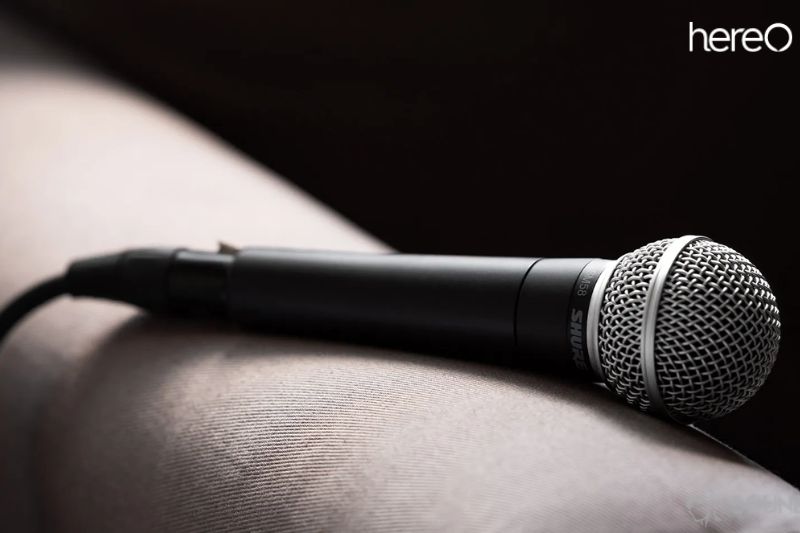
Using an XLR-to-USB Signal Adapter
One of the simplest methods to connect a microphone to a computer is to use an XLR to USB signal adaptor. Because these devices are plug-and-play, they do not require drivers to function. Simply connect the microphone to the adapter, then the adapter to the computer.
One great aspect of these adapters is that they include phantom power, which allows you to attach condenser microphones as well. They also include a built-in preamp with gain knobs for adjusting signal intensity.
This capability is useful for connecting dynamic microphones like the Shure SM58 or SM7B, which require a preamp to boost the signal intensity to line level.
Using an Audio Interface
An audio interface is the best way to connect an XLR microphone to a Windows or Mac PC. This device converts the analog XLR signal from the microphone to a stream of digital bits that the computer can utilize to stream, record, or use in a video conference.
An audio interface has certain advantages over other ways because it comes with software that you can install and use to accomplish a variety of tasks, including editing and adding sound effects to your voice and instruments.
Furthermore, most of them have at least two input channels that can be used to connect another microphone or a musical instrument if desired.
Condenser and dynamic microphones can be connected using an audio interface. With the supplied software, you can set up a basic yet powerful home recording studio thanks to its phantom power, preamp, gain controls, and monitoring capabilities.
Using a USB to XLR Microphone Cable Converter
By far the simplest and most cost-effective method of attaching a dynamic microphone to a PC is via a USB microphone cable link. This is essentially a cable with a female XLR connection on one end and a USB port on the other.
Because USB microphone cables do not provide phantom power, they cannot be used with condenser mics. If you have an XLR condenser microphone and want to connect it to a computer, please use one of the two methods listed above.
FAQs about What Is a XLR Microphone
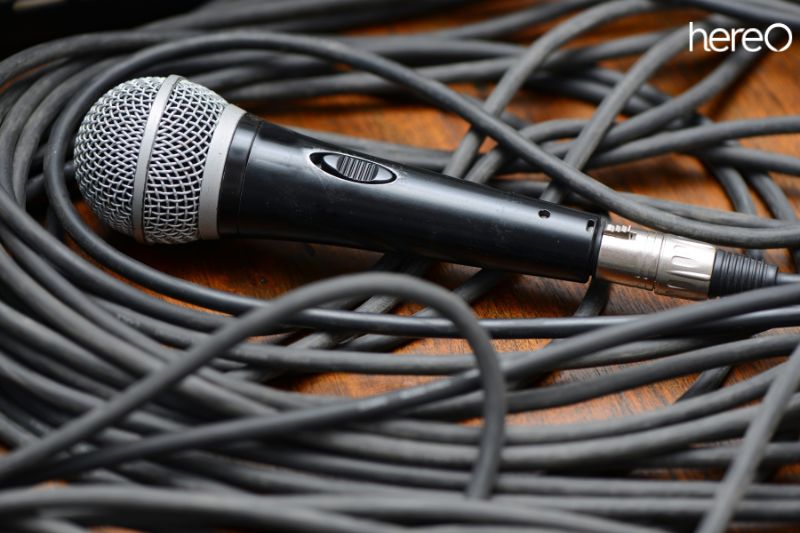
What is the benefit of an XLR mic?
Because they are routed through an audio interface, XLR microphones often provide greater adjustability and customization. They are frequently created with durability in mind, so they are more likely to withstand heavy use. Individual components are frequently interchangeable.
Can you use an XLR mic without an interface?
Although a condenser microphone cannot be used without phantom power, it can be used directly to your computer without the requirement of an audio interface or mixing board. To accomplish this, you’ll need an XLR to USB preamp, such as the MXL Mic Mate Pro.
Do all microphones use XLR?
XLR is not used by all microphones. Many professional microphones, however, use 3-pin XLR cables because they carry balanced audio and connect the ground pin first.
How do I stop my mic from picking up background noise?
Perform a fast sweep of your surroundings to decrease ambient noises while using a conventional microphone. Turn off any fans, televisions, radios, or audio output systems that your microphone may pick up on. Check to see if any neighboring devices are producing interference as well.
Conclusion
XLR microphones are an incredibly popular choice for recording music, YouTube content, and more. With the broad range of features and capabilities, it’s easy to see why these mics are so widely used.
If you’re looking for a microphone that can deliver quality sound, is reliable, and won’t break the bank, the XLR microphone is an excellent option. Check out the selection of XLR microphones available today and find the perfect one for your needs.
Thank you for reading this hereOfamily’s article.
